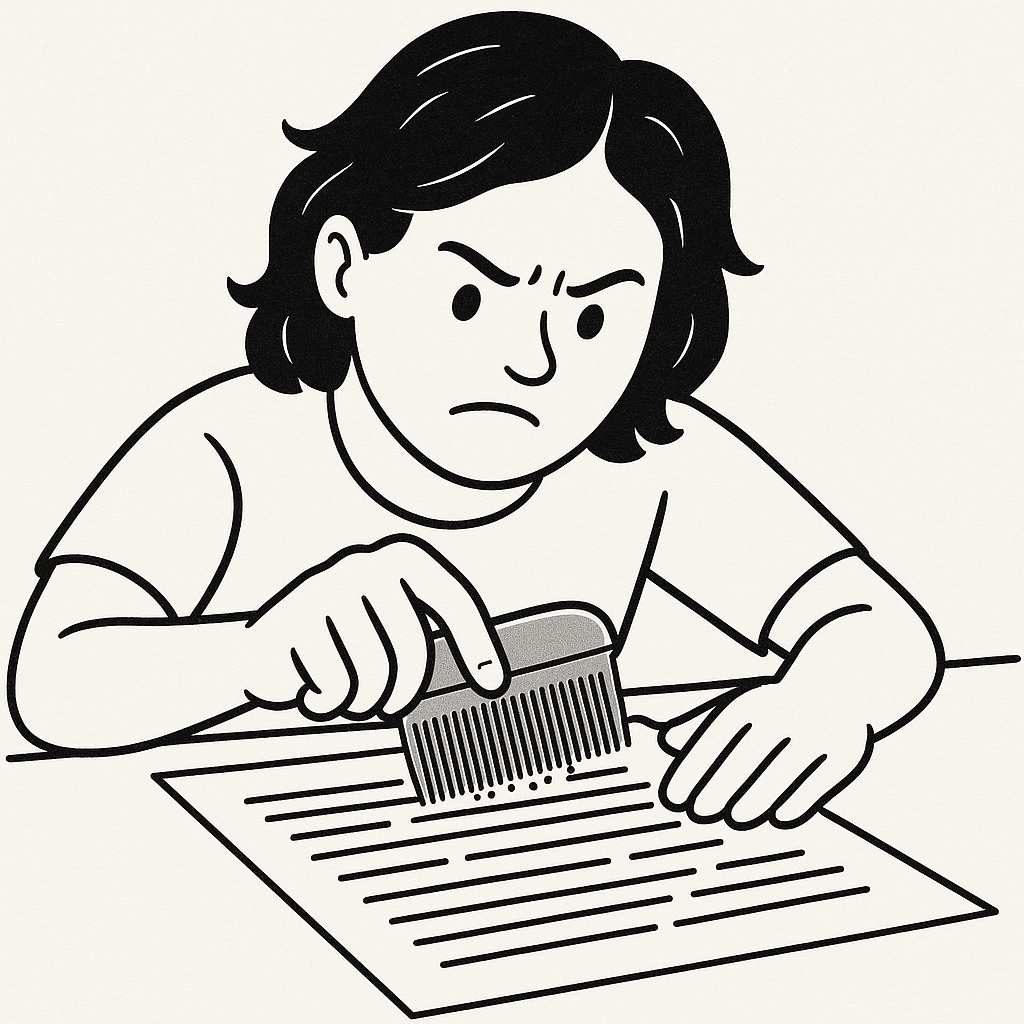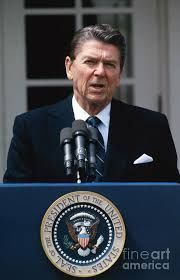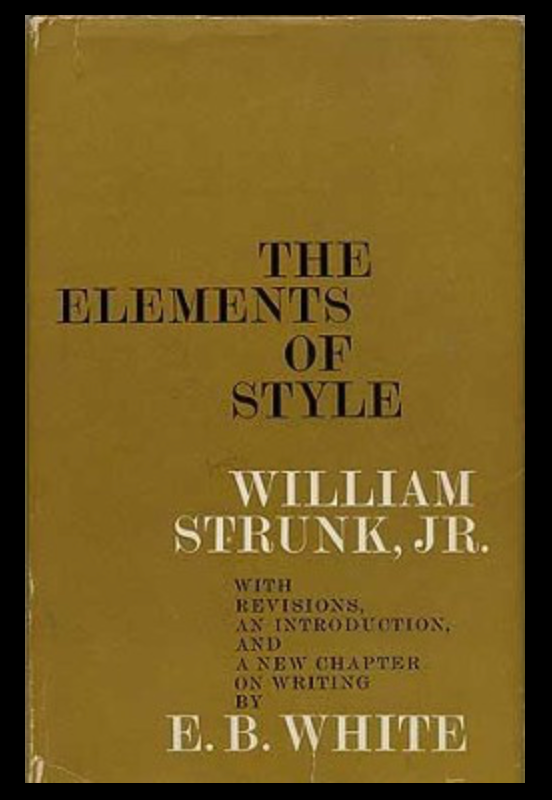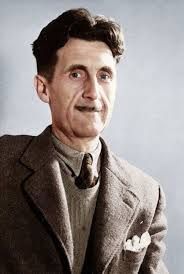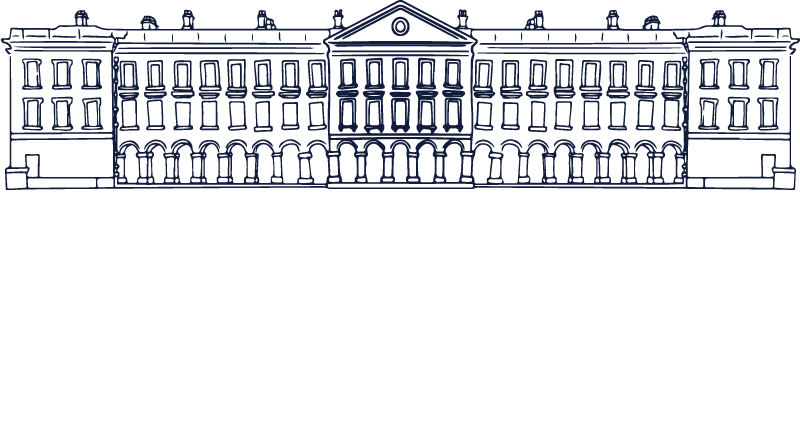Nib #87 Hemingway’s Best Writing Tip
For many writers, the hardest and most time-consuming sentence to write every day is the first one. Where do I begin? and Where do I go from here? are so open-ended they can paralyze writers before they even start typing.
This is why outlines are so helpful even for shorter compositions. They keep writers on track, point-by-point and paragraph-by-paragraph. For longer projects that can’t be written in a single sitting, try this tip from Ernest Hemingway:
“The best way is always to stop when you are going good and when you know what will happen next. If you do that every day when you are writing a novel you will never be stuck.”
Papa had novels in mind, but his advice is just as valuable to writers of longer speeches, essays, and non-fiction books. It’s natural to try to close one’s writing day by finishing a section, a chapter, or an important paragraph. But if doing so leaves you unsure where to start tomorrow, you might be better off leaving today’s work not quite finished.
Hemingway’s trick sets writers up to jump back into their work as soon as they sit back down. It may seem counterintuitive to deliberately end a writing session on an incomplete thought. But if completing that thought gives you instant, daily access to momentum, it will end up saving you much more time and frustration in the long run.
So, if you want to write like Hemingway, it turns out you don’t have to do it standing up, naked, surrounded by six-toed cats. Just step away from the keyboard every day knowing what you’re going to write next.
Until next week… keep writing!
